10 of the world’s most epic hikes
Travelling on foot just got more exciting
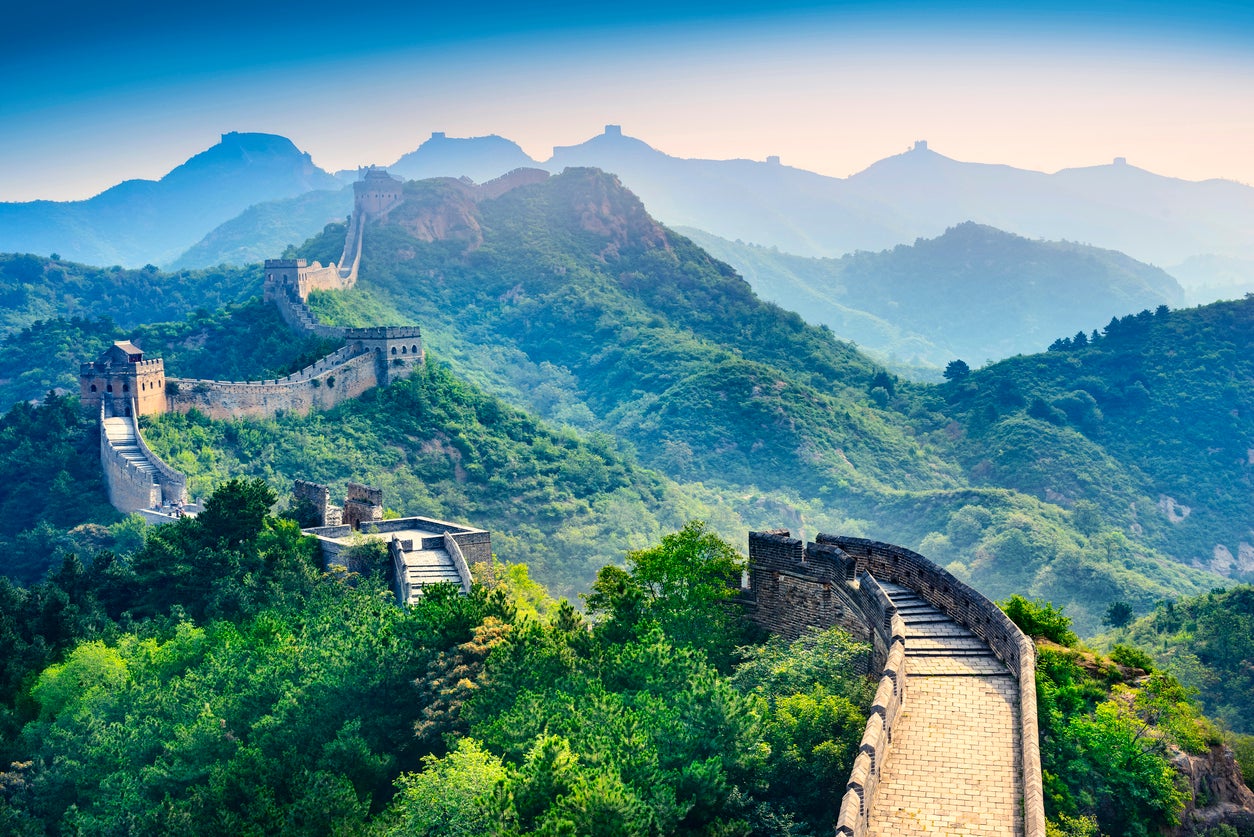
Your support helps us to tell the story
From reproductive rights to climate change to Big Tech, The Independent is on the ground when the story is developing. Whether it's investigating the financials of Elon Musk's pro-Trump PAC or producing our latest documentary, 'The A Word', which shines a light on the American women fighting for reproductive rights, we know how important it is to parse out the facts from the messaging.
At such a critical moment in US history, we need reporters on the ground. Your donation allows us to keep sending journalists to speak to both sides of the story.
The Independent is trusted by Americans across the entire political spectrum. And unlike many other quality news outlets, we choose not to lock Americans out of our reporting and analysis with paywalls. We believe quality journalism should be available to everyone, paid for by those who can afford it.
Your support makes all the difference.The world’s most exciting hikes have been revealed in a new book from Lonely Planet.
In Epic Hikes of the World, the publisher has listed 50 of the best walks as selected by travel experts, from urban trails to month-long treks.
The guide includes practical information on the best time of year to attempt each hike, how to get there, where to stay and what to eat.
Walks are coded according to difficulty, taking into account duration, local conditions and possible inaccessibility.
With hiking now the number one most-enjoyed activity for active travellers, according to a study from East Carolina University and the Adventure Travel Trade Association, there’s never been a better time to lace up your walking boots.
Here are 10 of the best picks.
Cape Town’s Three Peaks, South Africa
Climbing the trio of peaks that overlook Cape Town – Lion’s Head, Devil’s Peak and Table Mountain – is not the most arduous of hikes (all three added together still fall short of South Africa’s highest mountain), but it’s “a beautiful way to see one of the most beautiful cities in the world,” says the Lonely Planet guide.
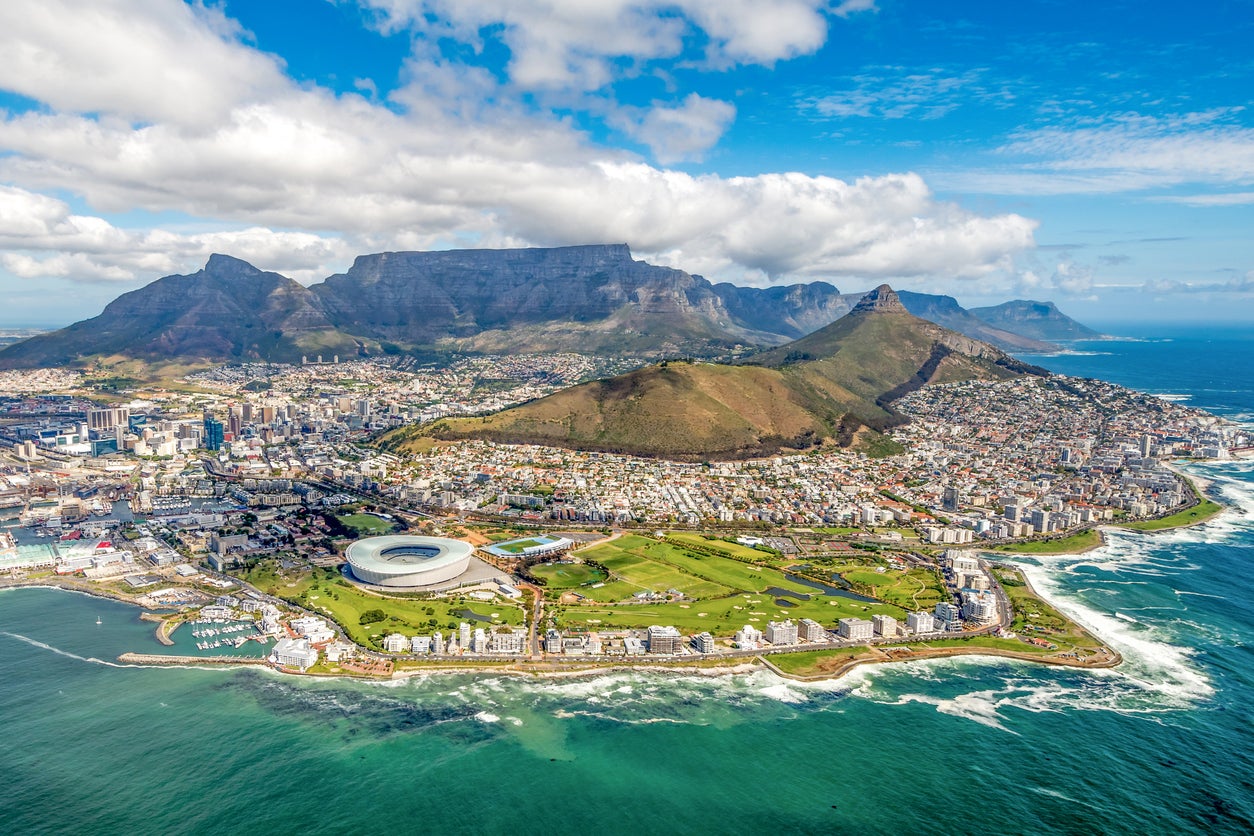
Hardcore hikers can tackle all three peaks in one day, while a less intense version sees walkers complete the route over the course of a weekend.
Kilimanjaro, Tanzania
The 5,895m behemoth, Africa’s highest peak by far, is on many hikers’ bucket lists – and with good reason. It’s the world’s biggest freestanding summit, but is relatively accessible: no technical climbing skills are required, so even less competent scramblers have the possibility of reaching the summit.
Around 35 per cent of the 30,000 trekkers who attempt the climb each year fail to get to the highest point, Uhuru (Freedom) Peak. But for the 65 per cent that do manage it, the reward is a phenomenal view from the roof of Africa.
Choquequirao, Peru
So many trekkers head to Machu Picchu that the ancient Incan trail has had to introduce a ticketing system to avoid overcrowding. The hundreds of selfie-taking tourists can be easily avoided though, on the path to Choquequirao – it gets just two dozen visitors each day. This sublime “lost city”, just out of sight at the far end of the Apurímac Valley, is said to be up to three times the size of Machu Picchu, but many visitors are put off by the prospect of a gruelling, four-day round-trip. For those that do bother however, “a level of solitude unimaginable at most ancient marvels” awaits.
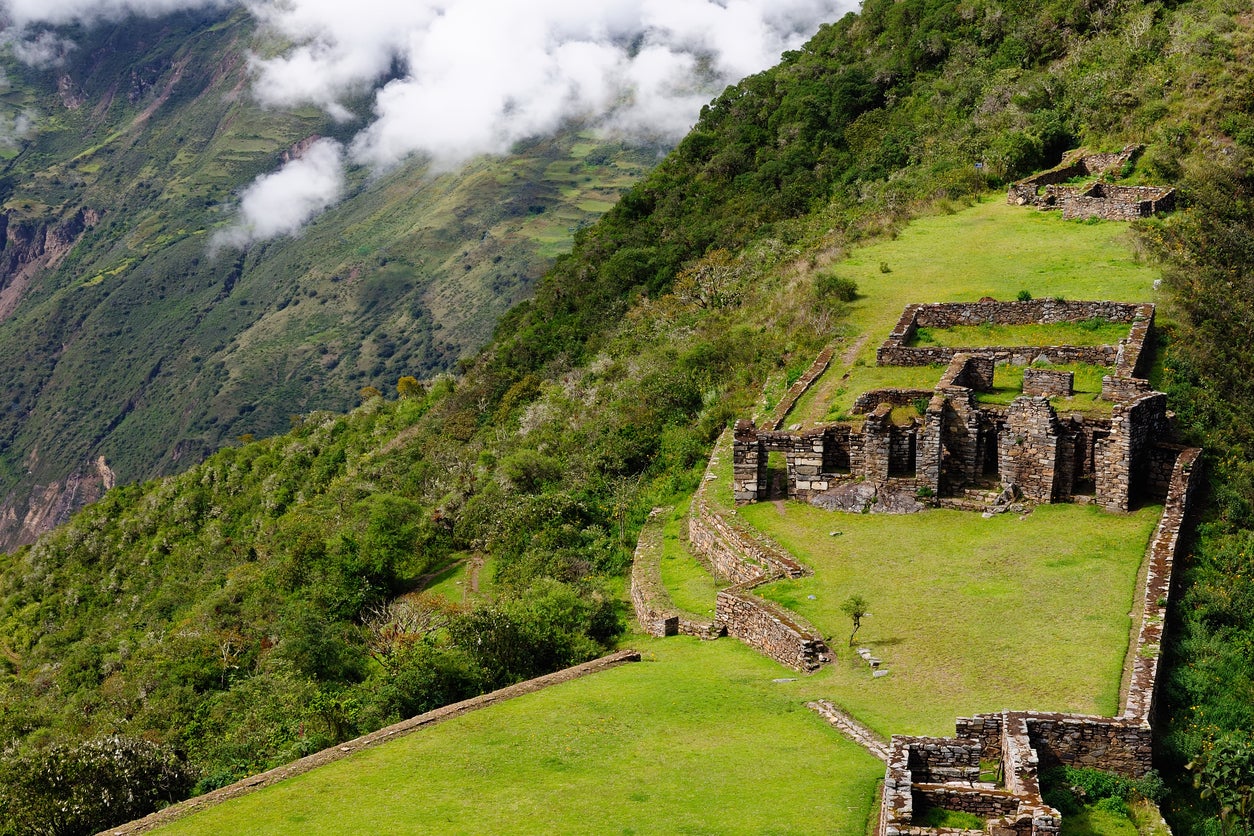
The Skyline Trail, Canada
Taking hikers through the heart of the Canadian Rockies, the Skyline Trail runs for 44km between Maligne Lake and Maligne Canyon, with more than half the trail running above the treeline. This means serious views; the flipside is that the route is exposed to the weather. Encounters with bears are also a constant possibility. But for all that, the trail offers gentler wildlife spotting opportunities too, such as marmottes and birds of prey.
Shikoku’s sacred temples, Japan
This 1,200-year-old Buddhist pilgrimage in Japan means hikers follow in the footsteps of the great saint Kōbō-daishi. The route isn’t for the faint-hearted – it takes in 88 temples along a 1,400km journey that will likely take from 30 to 60 days to complete. Many pilgrims catch transport between the temples these days, but going on foot is the traditional way to attain enlightenment. This epic pilgrimage has its highs and lows, but it’s all worth it in the end: “This was more than just a hike – it was something spiritual,” reads the guide. “As Kōbō-daishi said, ‘Do not just walk in the footsteps of the men of old, seek what they sought!’”
The Great Wall of China, China
The Great Wall is notorious for being a victim of overtourism, but certain sections still offer the opportunity to stroll in solitude. The stretch from Gŭběikōu, a quiet rural village about 130km from Běijīng, to Jīnshānlīng, takes about two days to complete. It includes a segment that’s older than most, dating from the Northern Qi Dynasty, 1,500 years ago. This part of the wall doesn’t get so many visitors – Lonely Planet’s travel expert writes: “I haven’t seen another person since I set foot on the old, stone section. I seem to have the Great Wall all to myself.”
Lake District, UK
So beautiful it’s now a Unesco World Heritage Site, the Lake District has countless gorgeous hikes to do. One of the most attractive to tackle in a day is a circular route starting and finishing in Grasmere. It takes two and a half hours to circle the lake, but allowing a full day is recommended – Wordsworth’s two homes, Dove Cottage and Rydal Mount are both en route, and worthy of a visit.
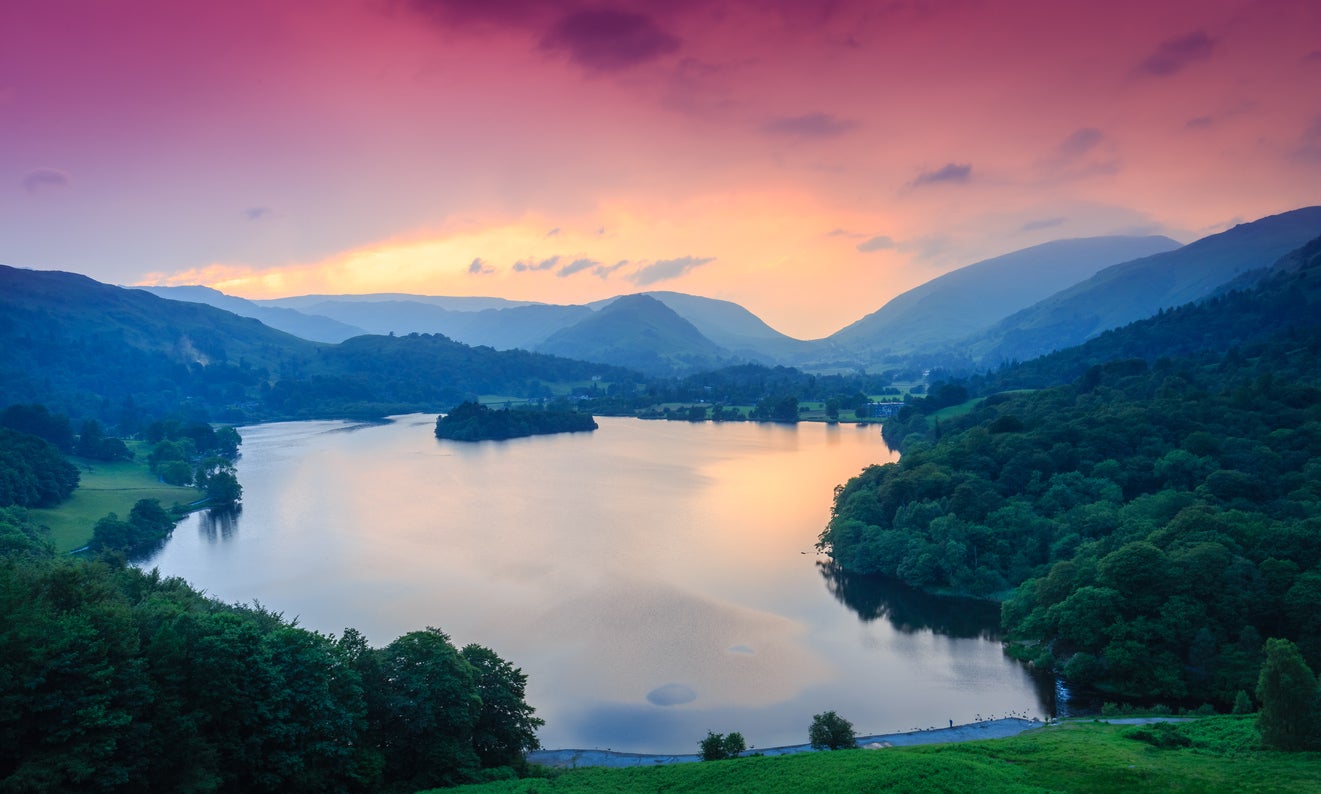
Il Sentiero Degli Dei, Italy
The Sentiero Degli Dei – the Path of the Gods – running along Italy’s stylish Amalfi Coast has many charms, including ancient vineyards and unbeatable sea views from the clifftops. Before the introduction of modern highways, visitors and locals relied on a steep network of footpaths and mule tracks to get around – the Sentiero Degli Dei is the most famed of these old farmers’ trails, running for 8km between the hamlets of Bomerano and Nocelle, before continuing to the seaside resort of Positano.
Sydney’s Seven Bridges, Australia
Walking doesn’t have to be exclusively a countryside pursuit – an urban explore can offer rich rewards too. The Seven Bridges route in Sydney is a 27km circular route, which takes hikers over Pyrmont Bridge, Anzac Bridge, Iron Cove Bridge, Gladesville Bridge, Tarban Creek Bridge and Fig Tree Bridge before finally crossing the magnificent Sydney Harbour Bridge. Along the way the itinerary takes in historic urban areas, beach and bush.
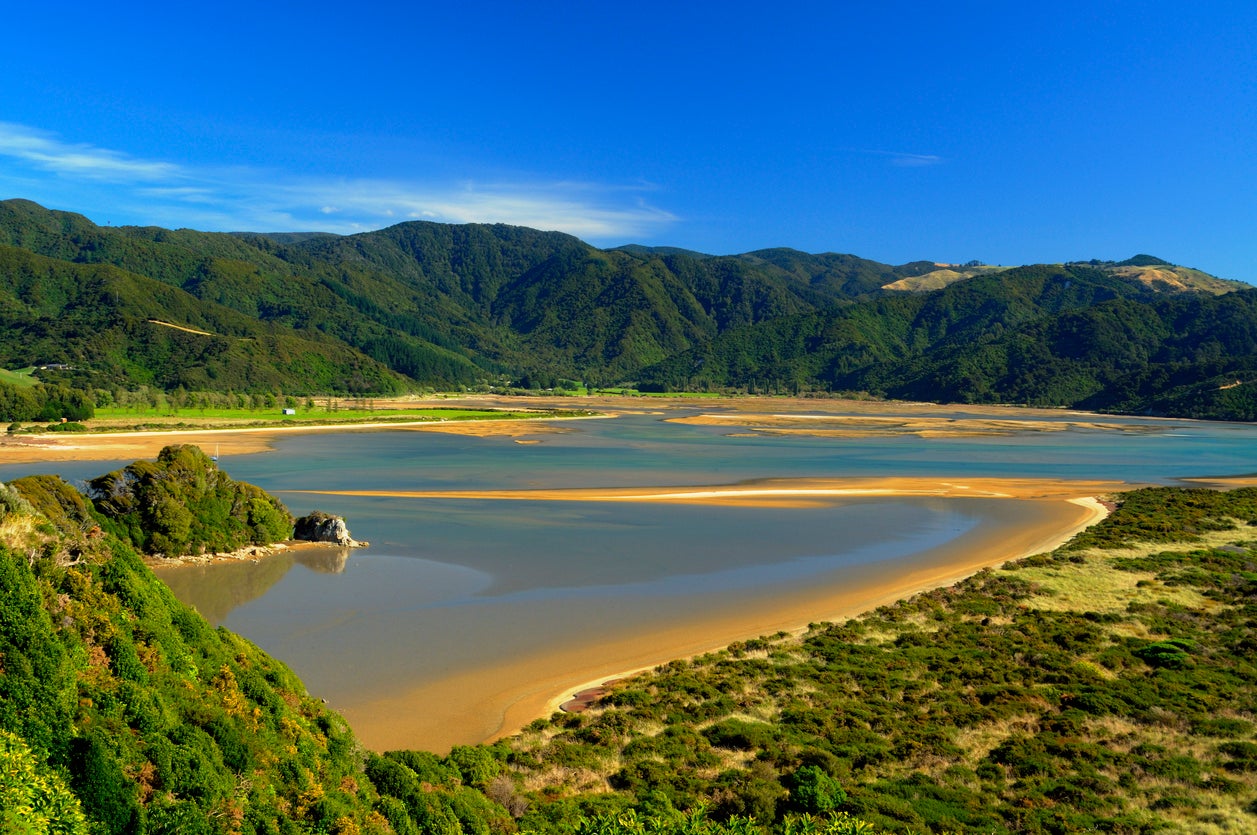
The Abel Tasman Coast Track, New Zealand
One of New Zealand’s great walks, this route follows part of the coast on the South Island. Starting in Wainui Bay and finishing in Marahau, it’s a 60km rambling route through rata forests fringing the coastline of Abel Tasman National Park, linking a series of idyllic coves. For those who get tired of travelling on their pins, there are opportunities to explore via sea kayak – or simply take a dip.
Join our commenting forum
Join thought-provoking conversations, follow other Independent readers and see their replies
Comments